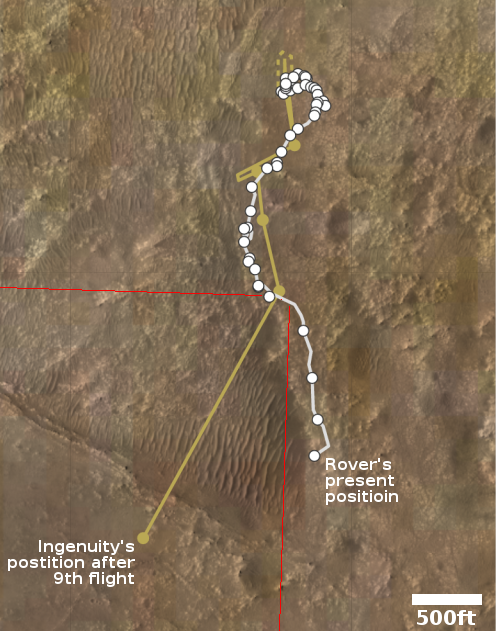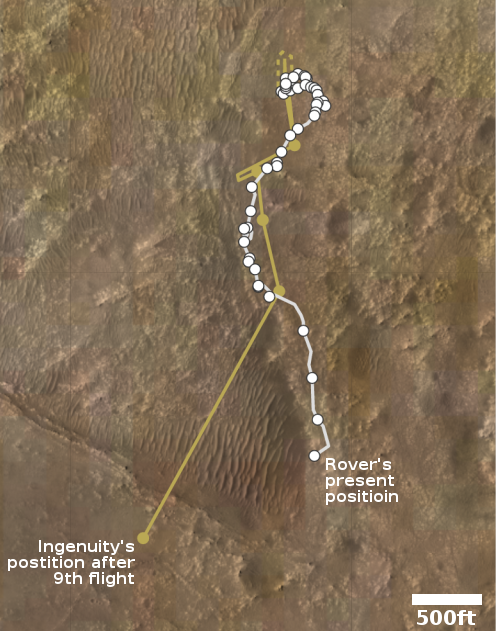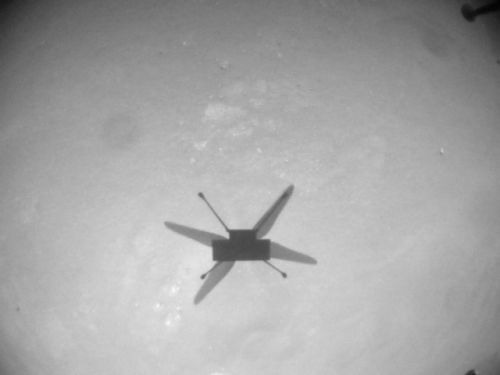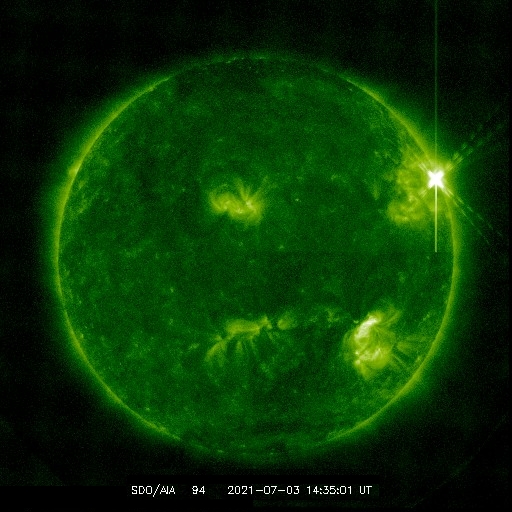SpaceX unveils third drone ship for landing Falcon 9 boosters
Capitalism in space: SpaceX’s founder Elon Musk yesterday unveiled the completion of its third drone ship for landing Falcon 9 boosters in the ocean and returning them to port.
The new ship will be put in place in Florida to support Atlantic launches of Falcon Heavy and the flagship rocket of SpaceX, the Falcon 9, that regularly sends Starlink broadband satellites to orbit and NASA astronauts and cargo to the International Space Station, among other customer requests.
This will give the company two drone ships in Florida and one in California, allowing them to do launches at an even faster pace than the one launch every 2 weeks or so since the beginning of the year. The ship also is designed to be more efficient than the older ships, no longer requiring a tug to take it out into the Atlantic.
Capitalism in space: SpaceX’s founder Elon Musk yesterday unveiled the completion of its third drone ship for landing Falcon 9 boosters in the ocean and returning them to port.
The new ship will be put in place in Florida to support Atlantic launches of Falcon Heavy and the flagship rocket of SpaceX, the Falcon 9, that regularly sends Starlink broadband satellites to orbit and NASA astronauts and cargo to the International Space Station, among other customer requests.
This will give the company two drone ships in Florida and one in California, allowing them to do launches at an even faster pace than the one launch every 2 weeks or so since the beginning of the year. The ship also is designed to be more efficient than the older ships, no longer requiring a tug to take it out into the Atlantic.











